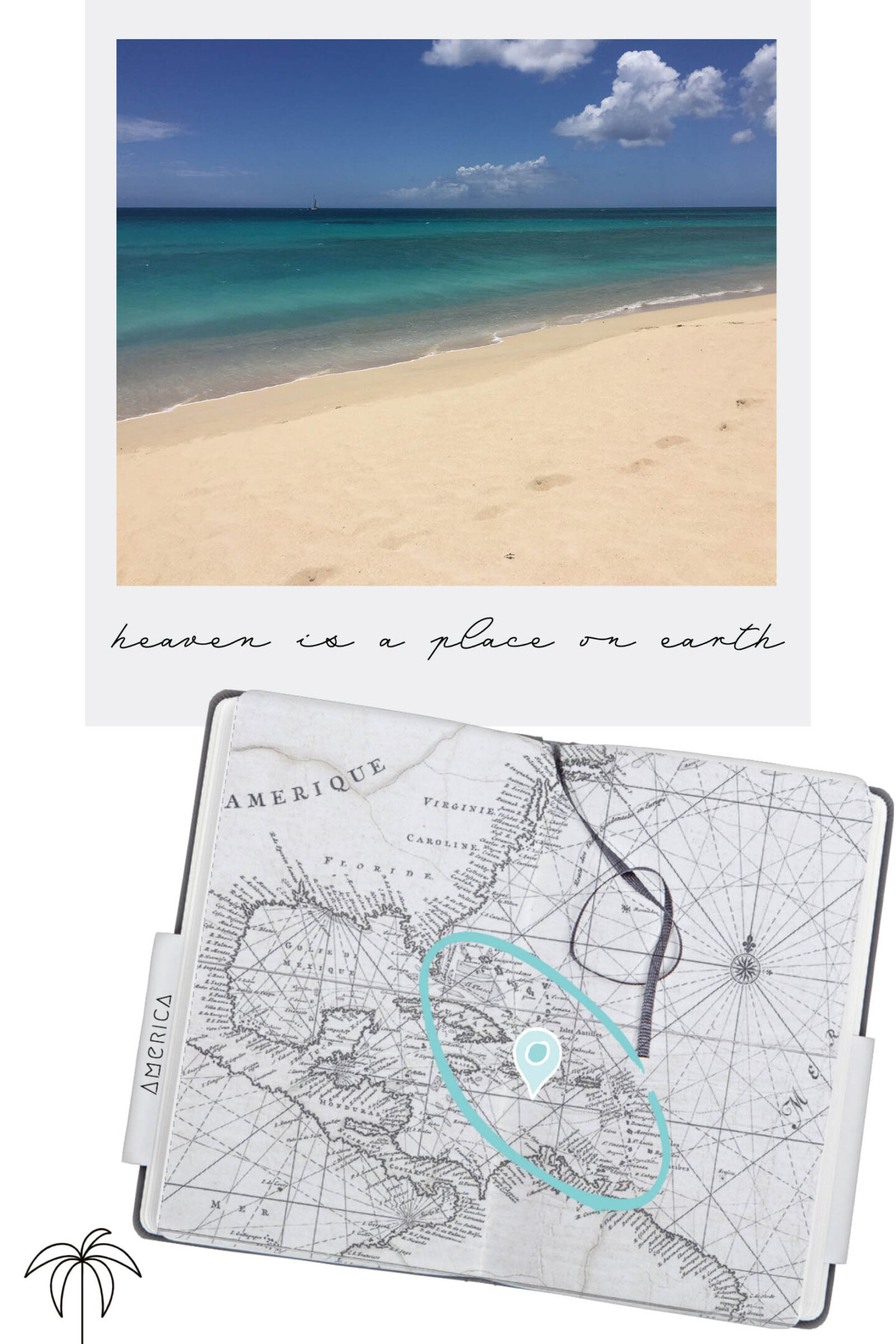Caribbean: The stuff of dreams and legends
Southeast of the Gulf of Mexico and the North American mainland, east of Central America and north of South America lies the Caribbean Sea and the world famous tropical paradise also known as the West Indies:
- the Greater Antilles in the north (Cuba, Jamaica, Haiti, Dominican Republic, Puerto Rico and the Cayman Islands),
- the Lesser Antilles in the south east, and
- the nearby Lucayan Archipelago comprising the Bahamas and Turks and Caicos.
On the mainland, Belize is often included as part of the Caribbean due to its political and cultural ties with the region.
The Caribbean is a fascinating cultural melting pot rooted in native heritage, influenced by European colonisation and shaped by waves of immigration. It is a colourful blend of languages, cuisines, customs and beliefs against a backdrop of stunning natural beauty and rich history.
The Caribbean tops the bucket lists of so many travellers with good reason. Its 700+ islands, islets, reefs and cays are the stuff of dreams and legends. Furthermore, they are a welcoming destination for all kinds of travellers, from honeymooners and families to those who prefer off the beaten track adventures.
There is more to the Caribbean than sandy beaches and palm trees. Let’s explore…

CARIBBEAN TRAVEL GUIDES
Explore the best of the Caribbean by country
PLANNING A TRIP TO THE CARIBBEAN?
Here’s what you need to know
WHEN IS THE BEST TIME TO TRAVEL TO THE CARIBBEAN?
Ever wondered where that Caribbean laid back attitude comes from? It might just be the weather! The Caribbean might just have the most desirable climate on the planet. It’s never cold, it’s never scorching hot and rain is fairly predictable, keeping these tropical islands oh so green!
The Caribbean islands are spread over a large geographic area, but they all feature a tropical marine climate and similar weather. It’s warm to hot all year; temperatures average at about 24-29°C (75-84°F) year round with minimal fluctuations throughout the day. There is, also, a distinct wet season which officially runs from the beginning of June until the end of November.
Sea water temperatures don’t change much from month to month or place to place. Year round, the Caribbean waters average 27°C (80°F), an inviting temperature for swimming, and variation is minimal throughout the year.

The best time to travel to the Caribbean is from December to April. This is the least hot and rainy time of the year with January, February & March being the driest months. However, if you visit during shoulder season (May, mid-November to mid-December), the weather will still be good and accommodation rates will have decreased.
HIGH SEASON: DECEMBER – APRIL
The dry (or drier) season runs from December to April which is also the Caribbean’s high season. There is little rainfall and humidity and temperatures typically rise to 28°C (82°F).
SHOULDER SEASON: MAY & MID-NOVEMBER TO MID-DECEMBER
May is considered the start of the wet season in much of the Caribbean, with rainfall and humidity levels increasing throughout the month. On the flip side, the period between mid-November to mid-December marks the end of the wet season. In travellers’ terms, these are the Caribbean’s shoulder months.
LOW SEASON: JUNE-NOVEMBER
During the wet (or wetter) season (June to November), temperatures can exceed 30°C (86°F) and reach 35°C (95°F). Travellers can expect short thunderstorms in the late afternoon and evening, during most days. The wet season is Caribbean’s low season, mostly due to the hurricane risk.
Hurricanes occur every year in the Caribbean. However, individual islands may not experience hurricanes for many years. The peak of hurricane season is from mid-August to late October. Tropical storms which don’t develop to the intensity of full hurricanes are more common, bringing rain and clouds that can last for two or three days. If you are travelling during the wet season, make sure to stay informed about any extreme weather phenomena.
WHICH ISLANDS HAVE THE LEAST AMOUNT OF RAIN?
If you are travelling to the Caribbean during high season, it’s unlikely that your trip will be ruined by rain, no matter where you go. Nevertheless, if you are visiting during shoulder season or the summer months consider heading to Anguilla, the British Virgin Islands or Turks and Caicos which have some of the lowest annual precipitation levels amongst the Caribbean islands. Similarly, Aruba, Curacao and Bonaire enjoy small amounts of rain and are consistently outside the path of major storms and hurricanes.













